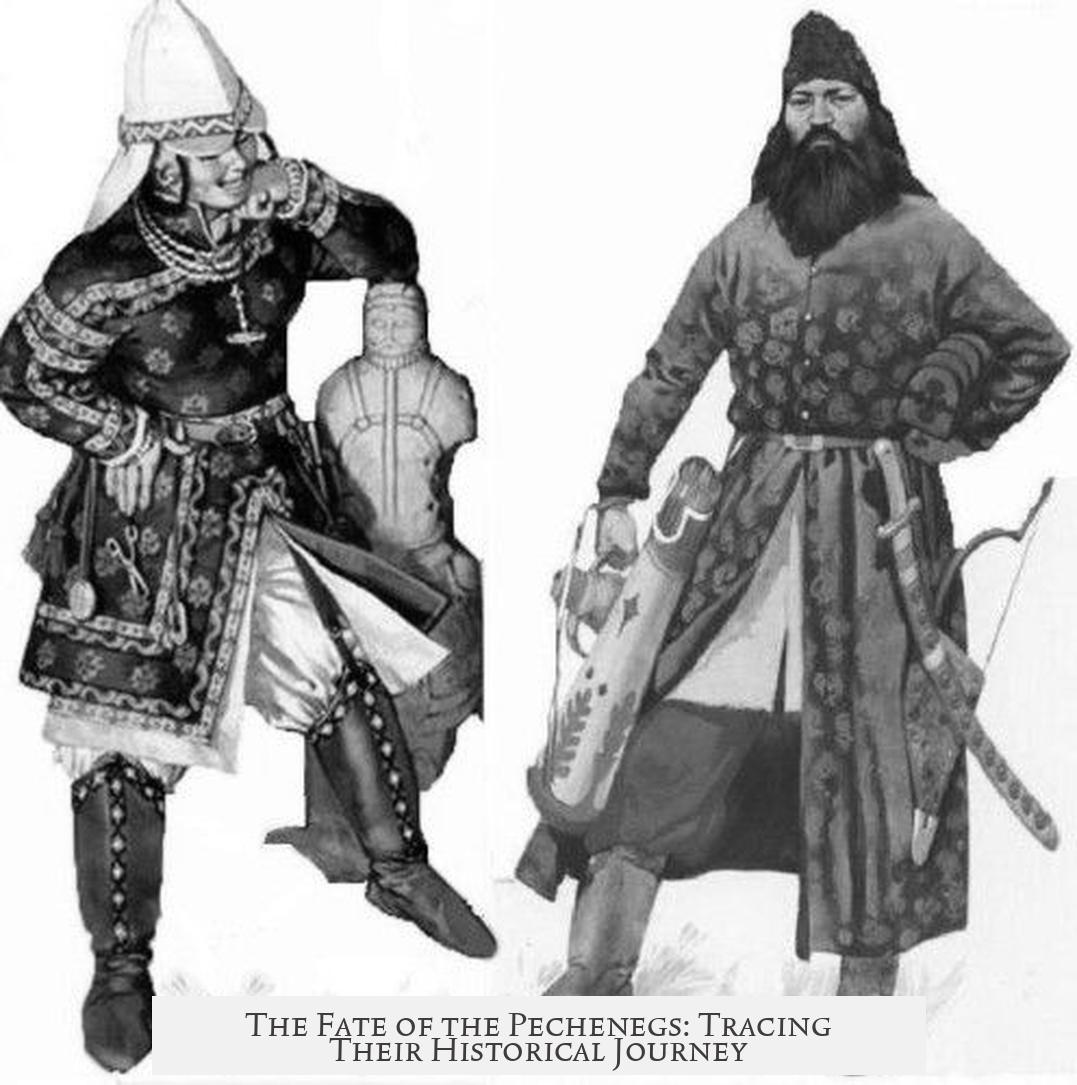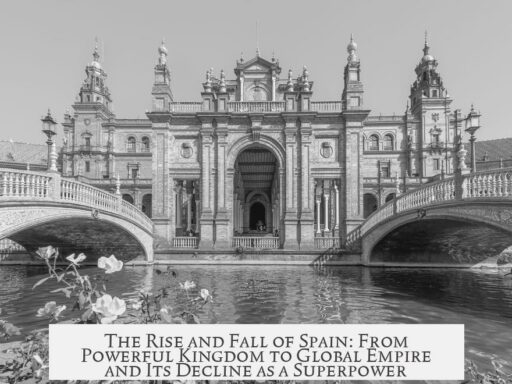The Pechenegs declined as a unified people after facing military defeats, religious division, and displacement during the 11th and early 12th centuries. By the early 1100s, their large tribal confederation dissolved, and surviving groups were assimilated into surrounding populations.
The Pechenegs begin their decline around 1036. Before this, exposure to Christianity and Islam split their unity. The confederation consisted of thirteen tribes. Two western tribes under a leader named Kegen accepted Christianity and Byzantine rule, settling in the region known today as Dobrudja. The remaining tribes, led by Tirakh, embraced Islam. This religious rift weakens their cohesion.
Military pressures hasten their downfall. In 1036, Yaroslav I of Kievan Rus, allied with Polovets (Kumans) and Tork-Uz, defeats the Pechenegs. They are pushed southwest toward the Black Sea shores. By 1046, Pechenegs cross the Danube into Byzantine-controlled Bulgaria, sparking conflict with the empire.
Byzantine forces, including former Pecheneg soldiers now in their service, oppose them. Pressed by other nomadic groups like the Uzes, Pechenegs shift into the Balkans in 1051. Kumans and Uzes join them later. Pechenegs attack Thrace and move toward Constantinople in 1064. Despite their threat, Byzantine Emperor Alexis I, backed by Kuman mercenaries, repels them multiple times, including at Dristra (1087) and after a siege near Maritsa (1090).
In 1091, the decisive Battle of Levounion ends the Pechenegs’ power. The Byzantine-Kuman alliance surprises their main army, which is traveling with families. This attack nearly annihilates the Pechenegs. While the Byzantine princess Anna Komnene claims the entire nation ceased to exist that day, this is exaggerated. Many survivors are captured and resettled by the Byzantines in Moglena, an area held since Basil II’s reign. Some survivors are recruited into the Byzantine army.
Not all Pecheneg groups fought at Levounion. Other remnants continue fighting regional allies into the 1090s. Pechenegs living on the Pontic Steppes face defeat by Vladimir II of Kievan Rus in 1121. These survivors push into Byzantine lands, provoking Emperor Ioannes II to defeat them decisively at the Battle of Beroia in 1122 near modern Stara Zagora, Bulgaria. After this, the Pecheneg threat ends.
The remaining Pecheneg communities are small and scattered. Over time, they assimilate into local populations such as Hungarians, Bulgarians, and Greeks. Some historians suggest links between the Pechenegs and modern ethnic groups. The Gagauzes in Moldova, Bulgaria, Romania, and Kazakhstan may descend partly from Pechenegs. There is speculation that Pechenegs integrated with Bashkir and Kyrgyz clans, though some connections may be coincidental.
In the 11th and 12th centuries, Kievan rulers resettle many Pechenegs, as well as related nomadic groups like Torks and Barendeys, in southern Russia. Some Pechenegs also settle in Hungarian areas, mainly Fejer and Tolna regions. These settlements contribute to their assimilation.
The Pechenegs disappear as a distinct political and military force by the early 12th century after repeated defeats. Their tribal confederation breaks up. Survivors disperse and merge into surrounding cultures. By the mid-1100s, only small, scattered groups with loose identity remain, ultimately losing their distinctiveness.
| Key Points | Details |
|---|---|
| Religious Division | Pechenegs split between Christianity (western tribes under Kegen) and Islam (others under Tirakh) in early 11th century |
| Military Defeats | Defeats by Kievan Rus, Byzantines, and allies forced migration and weakened their power |
| Battle of Levounion (1091) | Almost complete destruction of main Pecheneg force by Byzantine-Kuman army |
| Final Defeat | Battle of Beroia (1122) ends Pecheneg threat; remaining groups assimilated |
| Assimilation | Integration into Hungarians, Bulgarians, Greeks; possible relation to Gagauzes and some Eurasian clans |
What caused the decline of the Pechenegs?
The decline began around 1036. Religious divisions weakened their unity, with some tribes converting to Christianity and others to Islam. This split led to internal disarray.
How did the Pechenegs lose their power militarily?
They faced defeats by Kievan Rus and allied forces in 1036. Later, Byzantine armies repelled their invasions in the Balkans during the late 11th century. The decisive defeat was at the Battle of Levounion in 1091.
What happened at the Battle of Levounion?
The Byzantine-Kuman forces surprised and crushed the main Pecheneg army. Although reports said the nation was wiped out, many survivors were captured or settled within the empire.
Did the Pechenegs disappear completely after their defeat?
No, survivors were scattered and assimilated into various local populations, including Hungarians, Bulgarians, and Greeks. Some groups settled in Byzantine lands and others may be ancestors of modern Gagauzes and certain Central Asian clans.
Where can Pecheneg descendants be found today?
Possible descendants include the Gagauzes in Moldova, Bulgaria, and Romania. Some Pecheneg elements also merged into Bashkir and Kyrgyz clans. Others settled in Hungary during the 11th and 12th centuries.




